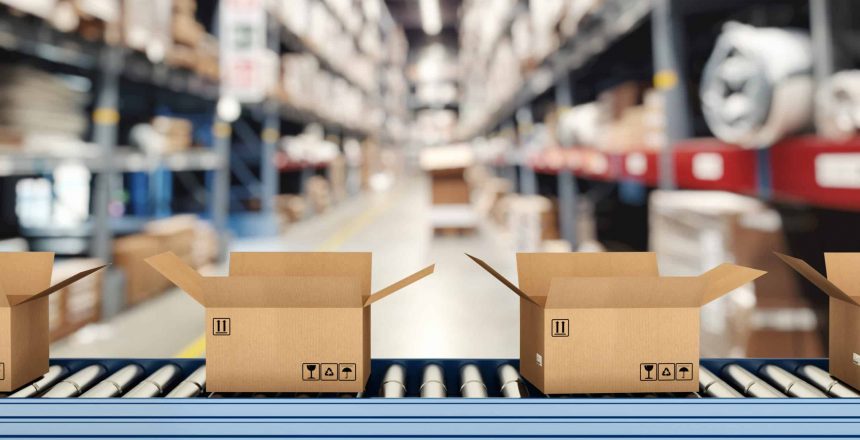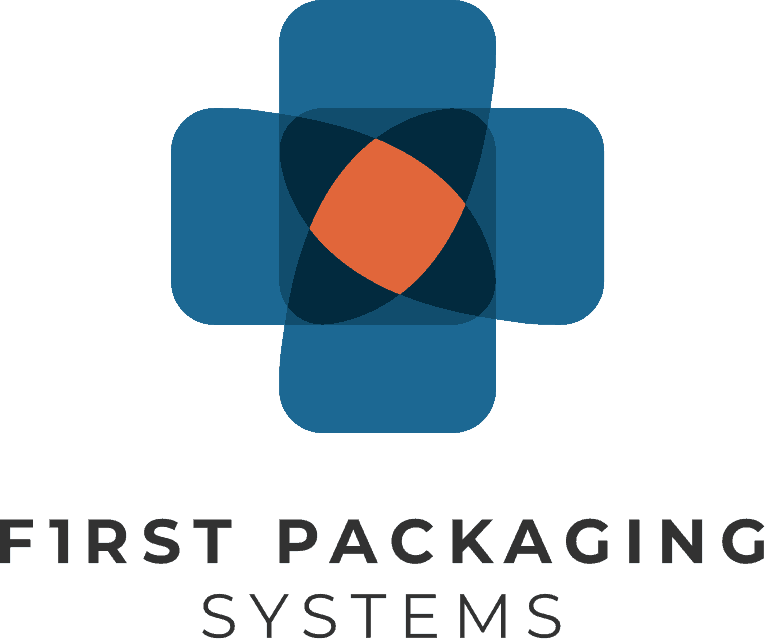Your buyer has been on the phone with the vendor for the last thirty minutes, bargaining for the lowest price possible on packaging material crucial to keeping your company profitable in the next quarter. After a few final details are worked out, he sets the phone down, sits back, and smiles. He’s just saved the company a few hundred dollars by ordering an extra pallet of essential packaging supplies. As he walks to your office to inform you of his success, he wonders if this sort of thing might get him promoted one day, maybe even qualify him for a raise at the next performance review.
A few weeks later, the supplies arrive by truck at the loading dock. The receiving manager signs the tablet after verifying the number of boxes and checking the condition of the pallets. As he hands the device back to the driver, he notices that these boxes aren’t quite as big as the previous delivery, and they have a brand name he doesn’t recognize. But, it’s not his job to question these things, so he walks back to his office and emails the packaging manager that the supplies have arrived.
The next day, as the last of the old stock is used, a worker strolls over to the new supplies and grabs a couple of boxes with a hand cart and wheels them back to the packaging area. He notices these aren’t quite as heavy as they should be, but who cares? He gets paid the same either way.
A few hours later, the newer, cheaper packaging supplies are loaded into the appropriate machine by an experienced worker at the end of the production line. He wonders why the color and texture of these materials appear strange, but he’s got bigger problems to worry about, so he just shrugs and keeps working hard to make the day go a little faster.
Three days later and the complaints are rolling in. Next, your returns department starts receiving the damaged products along with even more complaints. Your losses start to double, then triple. The problem is traced back to those cheaper packaging materials your buyer purchased. By the time this is discovered, it’s too late; you’ve already lost thousands of dollars in product costs.
Was it worth it?
Most people would agree that saving a few hundred dollars on inferior-quality packaging materials isn’t worth the downtime created when those materials damage your machines, slow production, or damage the products they were intended to protect.This isn’t an imaginary scenario. Our team encounters problems like this regularly. Today’s smart buyers and production managers understand that the cost of finished goods out the door is more important than the per-unit cost of materials. Keeping production lines profitable involves everyone, from the buyer in the back office, to the workers on the production line, to the packaging team at the final stage—all working hand-in-hand and communicating at every step of the process.
It’s not about saving a negligible amount on boxes or packaging materials. It is, however, about ordering the right boxes with the proper specs, and using high-quality materials that were designed for the application & machines you already own. Keep in mind: it’s an investment. But the investment will pay off with less downtime and increased productivity.
If you want to know how high-quality packaging solutions can help you increase profitability and reduce instances of damaged goods, give us a call. Our team are experts at finding the perfect solution to fit your specific needs.
Because at First Packaging Systems, you always come first.

